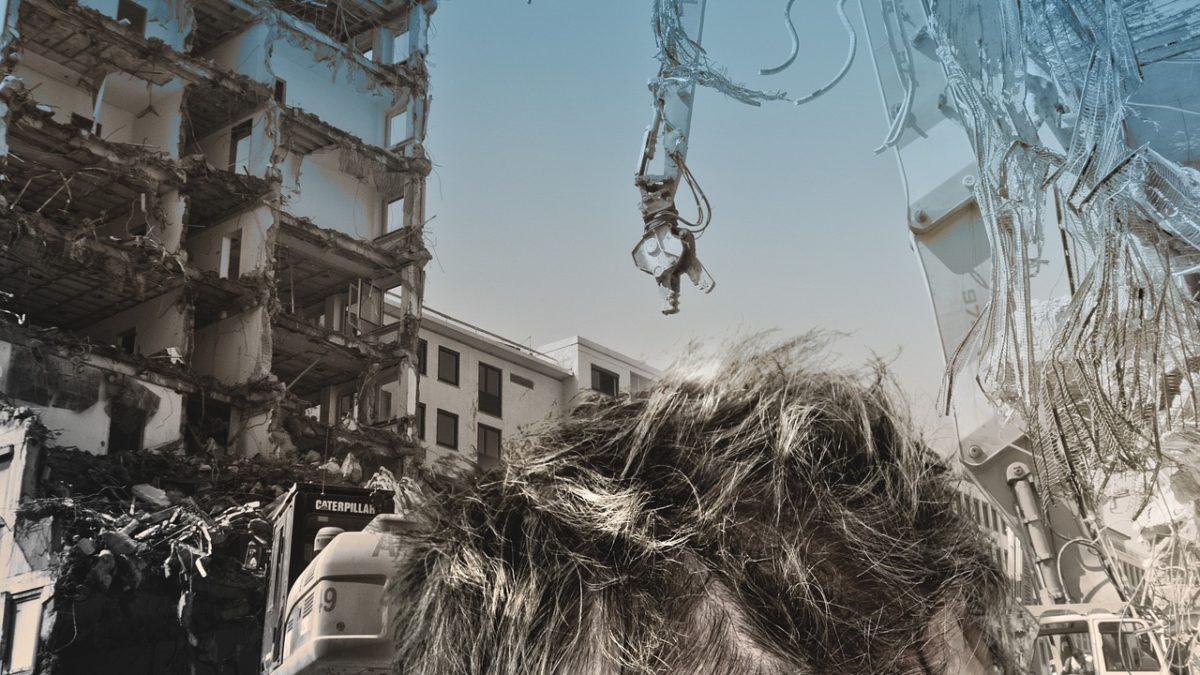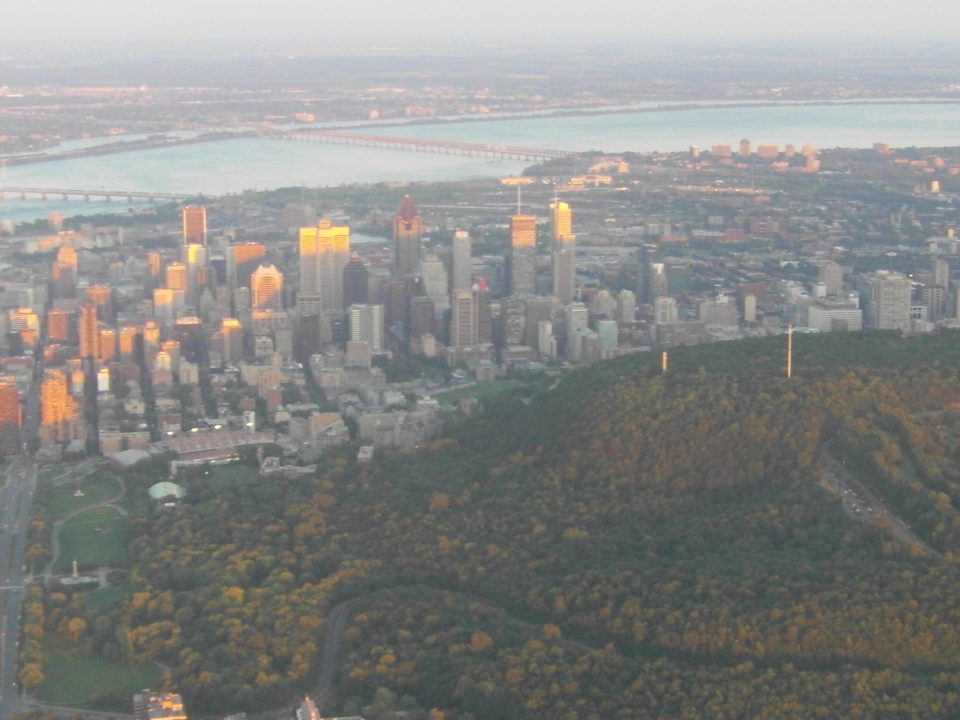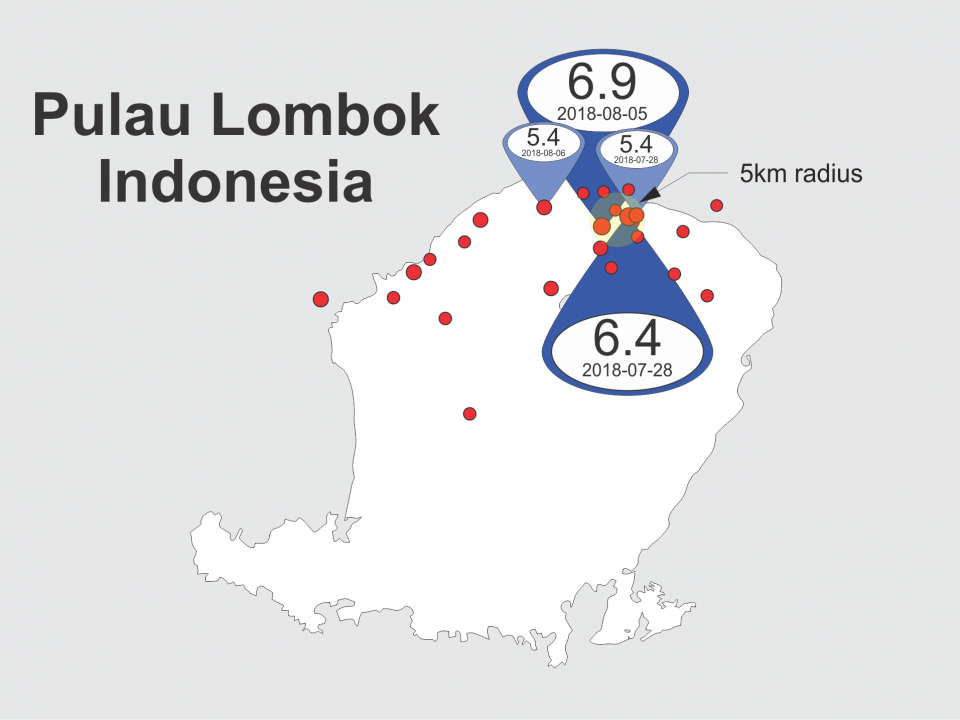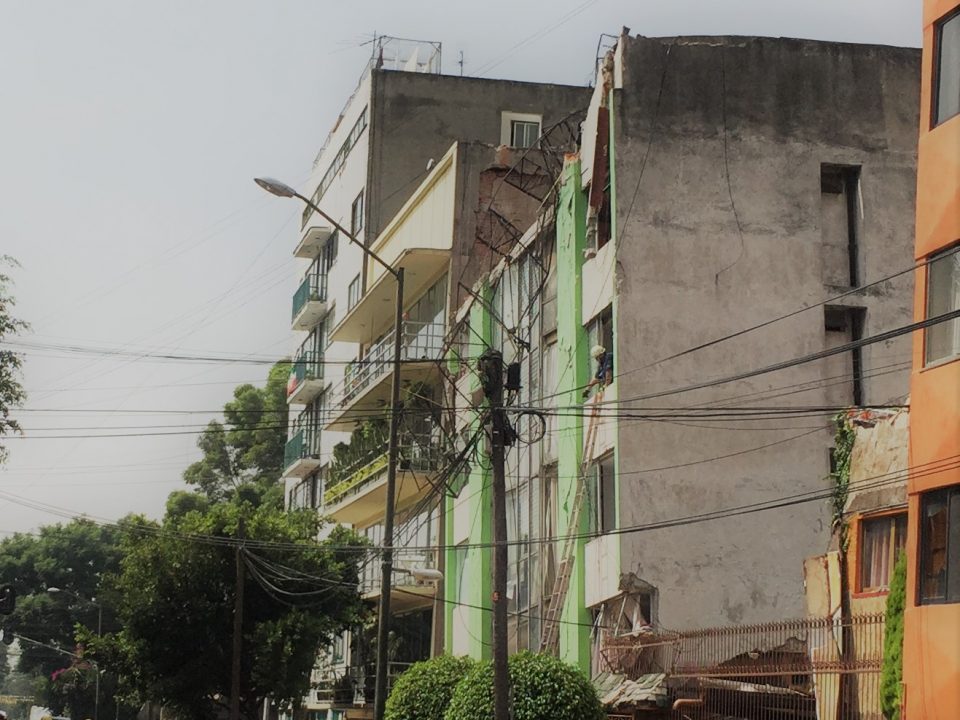
Seismic Activity Along San Andreas Fault, Pending Doom? Maybe Not.
October 2, 2016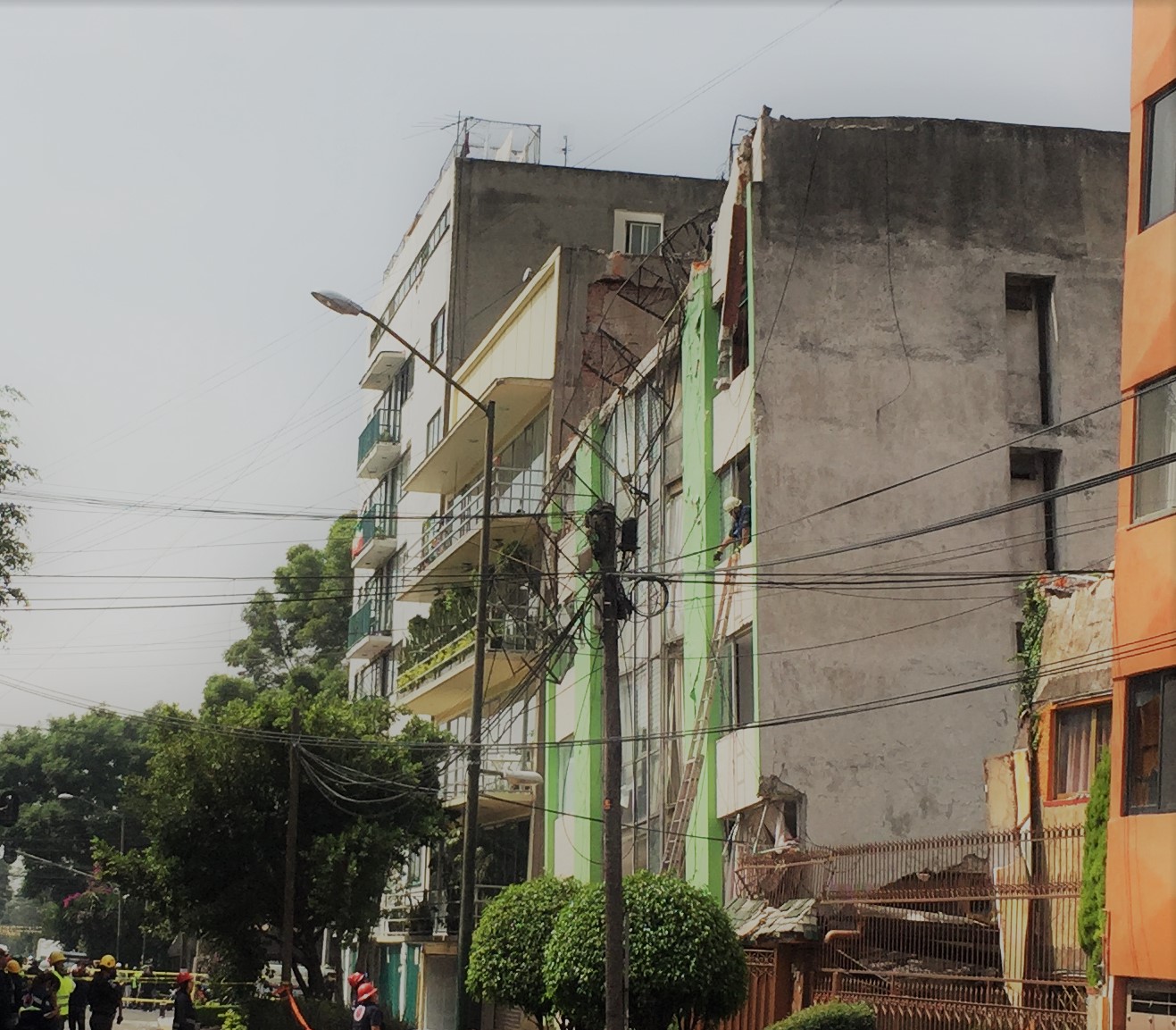
Humbled by Mexico’s Earthquakes, a Canadian perspective
September 21, 2017Following the 2010 earthquake in Haiti, more than 200,000 people were killed, about as many were injured and more than 1.5 Million people were displaced. Even 6 years later, there are about 60,000 people still homeless. More recently in Italy, where close to 300 people were killed more than 60,000 were left homeless and many will remain in tents until January or later.
With recent articles in major newspapers pointing to the economic and financial cost of a major earthquake in Los Angeles or Vancouver it’s important to understand that the largest impact of an earthquake is social. A significant earthquake close to a major city can leave thousands, or millions of people, homeless, even when buildings comply with the minimum requirements in today’s building codes.
Many of us take for granted that buildings in developed nations will be safe following a major quake, this false sense of security is amplified for those of us living in new buildings. This runs contrary to the reality of most of today’s building codes. In Canada for example, buildings fall into 4 categories of importance and most homes fall into the lowest category. While this means that the building is designed not to collapse, it doesn’t mean it’s safe to live in after an earthquake. To makes matters worse, most codes do not require older homes to be retrofitted and there is a real risk of collapse. While the death toll in industrialized nations may be lower following an earthquake, there is still a risk for major economic and social damage.
What’s worse is that natural disasters do not affect populations equally. Generally, the wealthier members of society are more likely to have better insurance coverage, can afford transportation out of the affected area and are more likely to be able to afford alternate housing. In many cases, wealthier homes are better built and some are even incorporating earthquake protection systems such as seismic dampers or base isolation. Those less fortunate, tend not to have these advantages and the odds are higher that they will be left injured, displaced or even homeless. For families already struggling to get by, the lost income and loss of their home (standard homeowners insurance doesn’t generally cover earthquakes) are devastating. This can be especially dangerous in cities like Montreal or other earthquake-prone regions, where winter temperatures drop below freezing several months of the year.
Building codes are designed to ensure that people aren’t killed during an earthquake (while remaining cost effective), in many ways they are successful. With today’s focus on building sustainability and resilience however, shouldn’t we look to a higher standard? As the cost of earthquake protection drops and these technologies become more accessible, shouldn’t we take measures to protect the most vulnerable in our societies?
The good news is that many in the industry are focusing on exactly this. Many developers are having the foresight to present earthquake protection as a differentiator especially since technologies like friction dampers can produce net savings in construction costs. In engineering circles, such as this year’s 16th. World Conference on Earthquake Engineering the focus is the same, and engineers are asking themselves, how do we make our buildings and infrastructure more resilient? Some cities such as San Francisco are even having the foresight to evaluate residential buildings and to require retrofits of those deemed unsafe. As the focus shifts to resilience and companies recognize the importance of ethical business practices we may not need to rely on more regulation to improve earthquake safety, but it sure would be nice to have a building code that won’t leave so many of us homeless.

